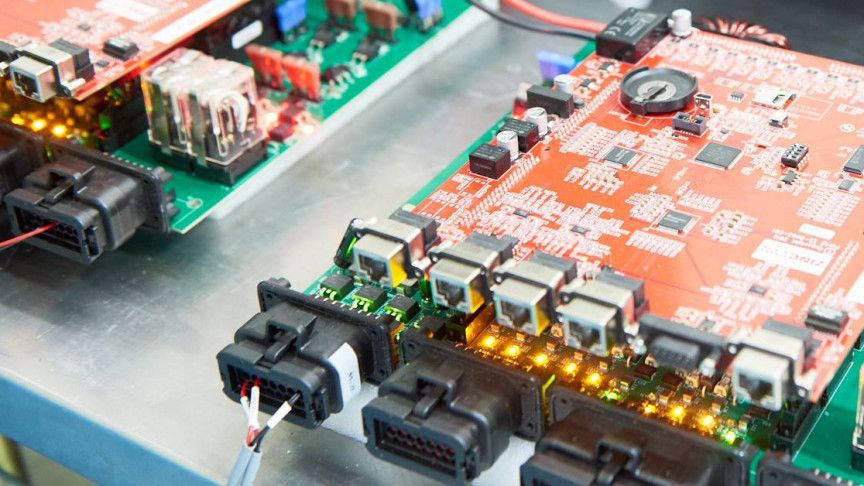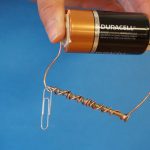Zinc air batteries are used widely because they come in various shapes and sizes. The working of zinc air batteries is explained in this article. Read more on how simple they are.
The watch that you are wearing, the torch light that you use, the remote control that you use for changing the channels on TV and changing the music that being played, etc. are some of the everyday utilities that are powered by Zinc Air batteries. Many of you wouldn’t have noticed or even less, care about what’s powering them. Intrigued by how such small objects power so many things around you? Intrigued how in spite of being so small, they have such a long life? Keep reading to learn more about Zinc Air batteries.

What are Zinc Air Batteries?
Zinc Air batteries are batteries that store energy in the form of electro-chemical energy. They are used to power many electronic gadgets and appliances that we use every day.
They consist of:
1) An anode comprised of granulated powder mixed (zinc in this case) with electrolyte which is often has an addition of a gelling agent so that contact is maintained between the electrolyte and the zinc granules.
2) A cathode that allows contact of oxygen from the air so that the reaction can be complete and electricity is produced.
How do zinc air batteries work?
Now that we know the construction of zinc air batteries, let us see how they are able to produce electrical energy.
The cathode is exposed to air. This lets oxygen in the air come into contact with the cathode and react with it forming hydroxyl ions. These ions then migrate to the anode which is in the form of a paste as zinc is saturated with an electrolyte and the presence of the gelling agents help in the better performance of the anode. The ions combine with the zinc paste to form zincate (Zn(OH)42-). Thus electrons are released that travel to the cathode and produce a theoretical 1.65 Volts. (In reality just 1.35 V to 1.4 V is given as output.)
One more reaction also takes place during this process. The zincate decays into zinc oxide and water is returned to the electrolyte which is thus recycled with the hydroxyl at the cathode. Thereby the water is not consumed.
The Future of Zinc Air Batteries: Rechargeable Zinc Air Batteries
How rechargeable Zinc Air batteries work –
A Swiss company called ReVolt has come up with an ingenious concept that has improved the performance and efficiency of rechargeable zinc air batteries so that they resemble fuel cells. In these batteries, gelling and binding agents are used to control the shape of the zinc electrode and the humidity inside the battery as the shape of the zinc electrode and the humidity percentage tend to change during charge-discharge cycles and eventually lead to a short circuit or damage or degradation of the battery.
The company uses a novel technique in which two flat electrodes are used; one, which is a liquid zinc slurry, and the other, which consists tubes of air electrodes. When electricity is to be generated, the zinc slurry, which is stored in one compartment in the battery, is pumped through the tubes where it’s oxidized, forming zinc oxide and releasing electrons. The zinc oxide then accumulates in another compartment in the battery. During recharging, the zinc oxide flows back through the air electrode, where it releases the oxygen, forming zinc again. The use of the zinc slurry results in an increase in energy density.
They also have provided an increase in the number of charge-discharge cycles, thereby giving a longer life to the battery and projecting a mass use of the battery by replacing those used in hearing aids, cell phones, and laptops- and eventually in electric cars as they have a long battery life and their energy output is two to three times that of conventional batteries.
How can Zinc Air Batteries be used as fuel cells?
They are like normal zinc air batteries, but in the case of zinc air fuel cells, the zinc oxide waste is removed continuously which is accomplished by zinc electrolyte paste or pellets in an anode chamber. The waste zinc oxide paste is then pumped out and recycled. Thus continuously availability energy is possible as long as oxygen is present in the environment in which the battery is placed.
Why are Zinc Air Batteries so popular and so widely used?
Mass production of Zinc air batteries is done because they are have high energy density and are relatively inexpensive to produce. Moreover they are very compact and they have a long shelf life because they lose very little charge when they are stored without being used for a long time.
They can also be used as fuel cells, and the reaction rate can be varied by controlling the air flow. Zinc air batteries are very safe. They have vents so that no pressure is formed inside the cell which might lead to an explosion. They are safer than lithium-ion (Li-ion) batteries because they do not contain volatile materials and therefore do not catch fire. Zinc is mainly used because it is relatively abundant and chemically safe.
Rechargeable zinc air batteries result in more than twice as much energy as conventional Lithium ion (Li-ion) batteries, costs less to manufacture, are safer to use, and are environmentally friendly


